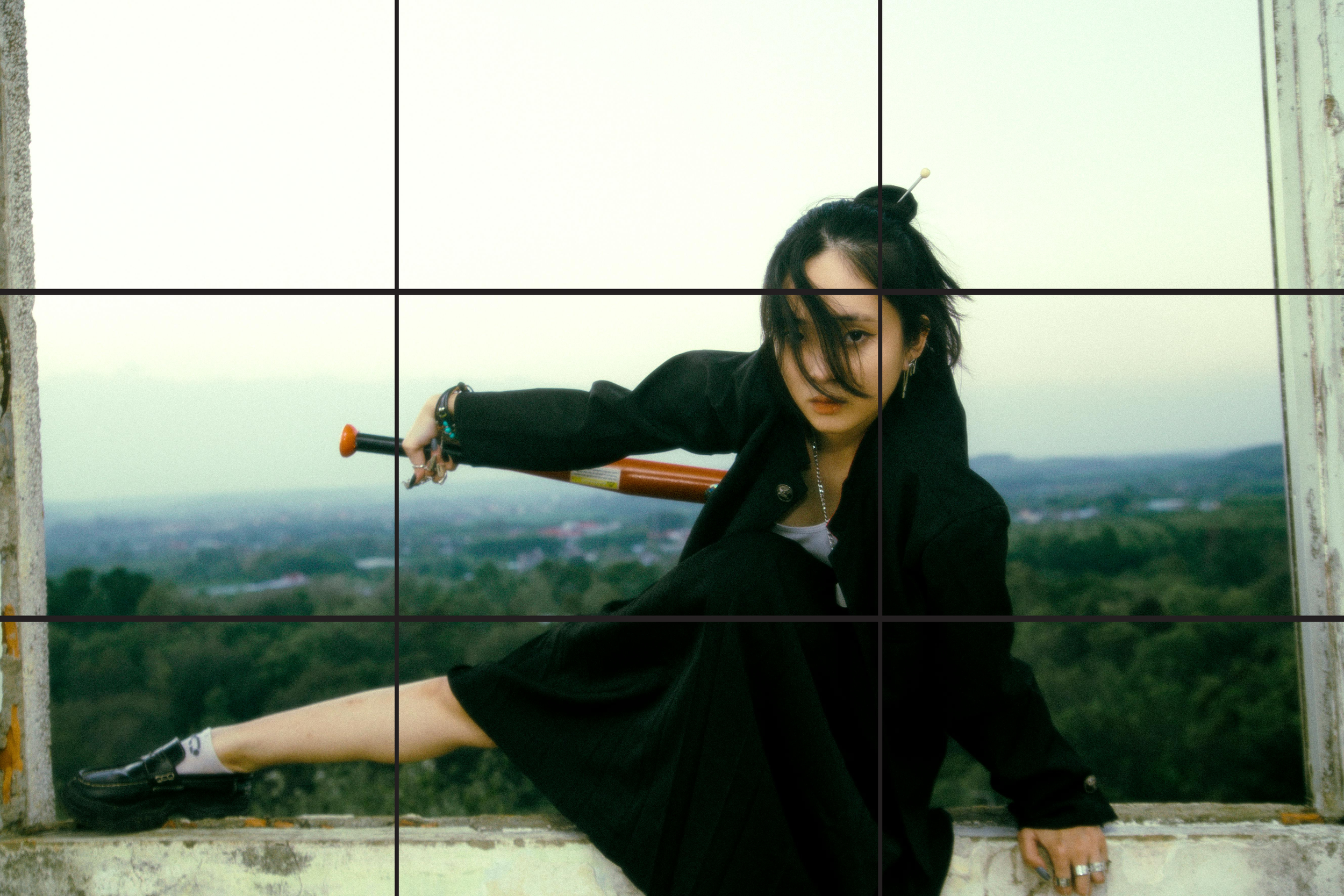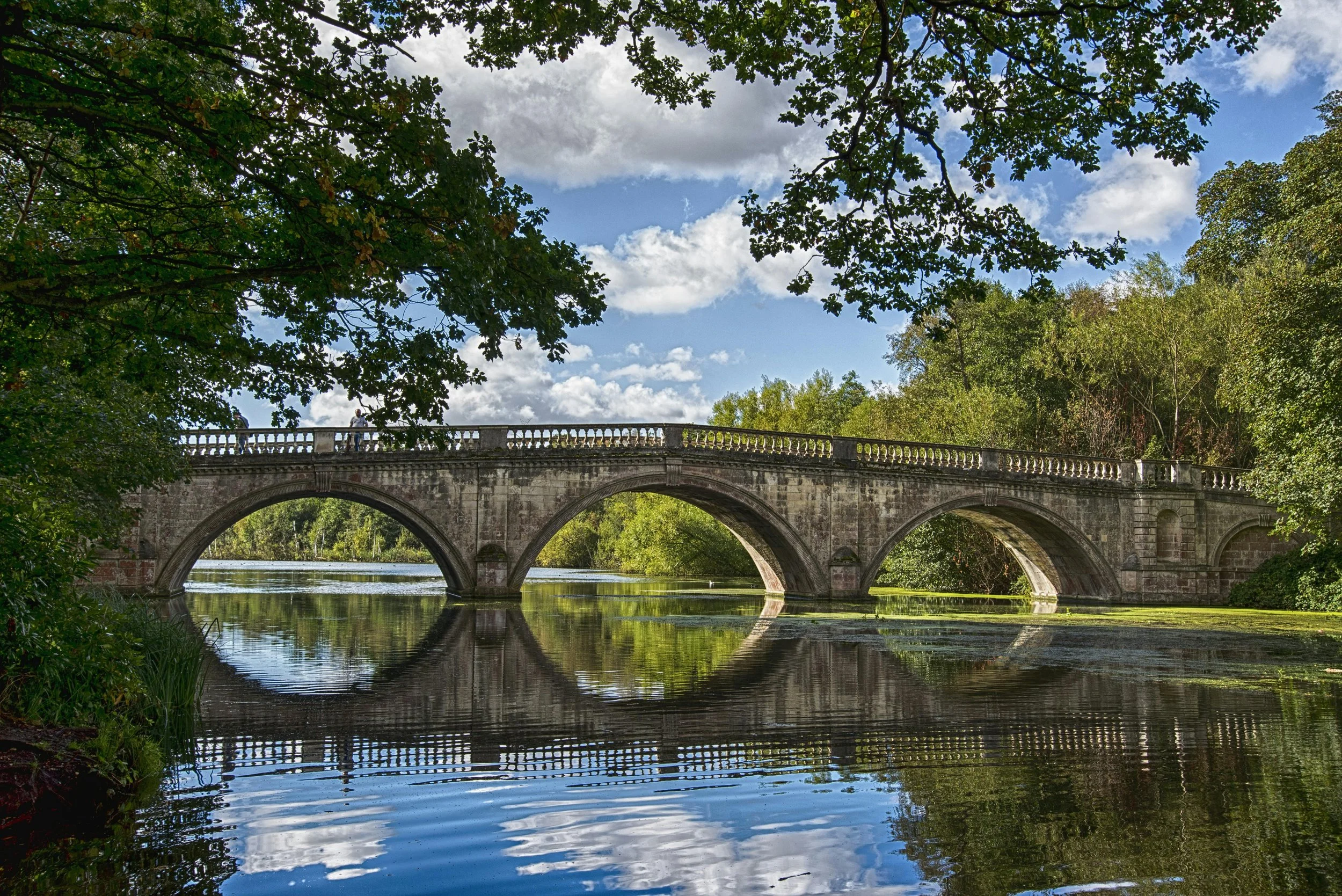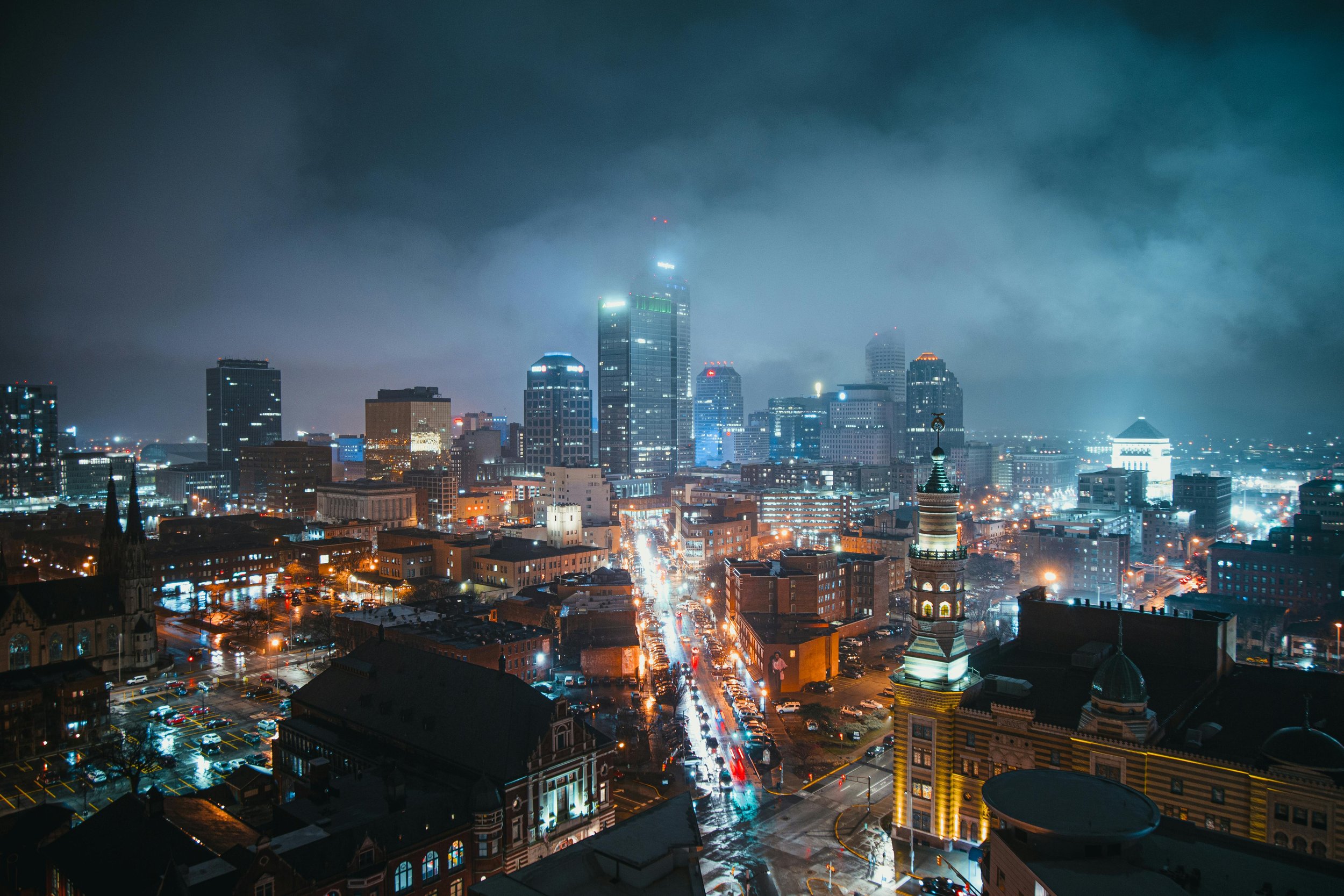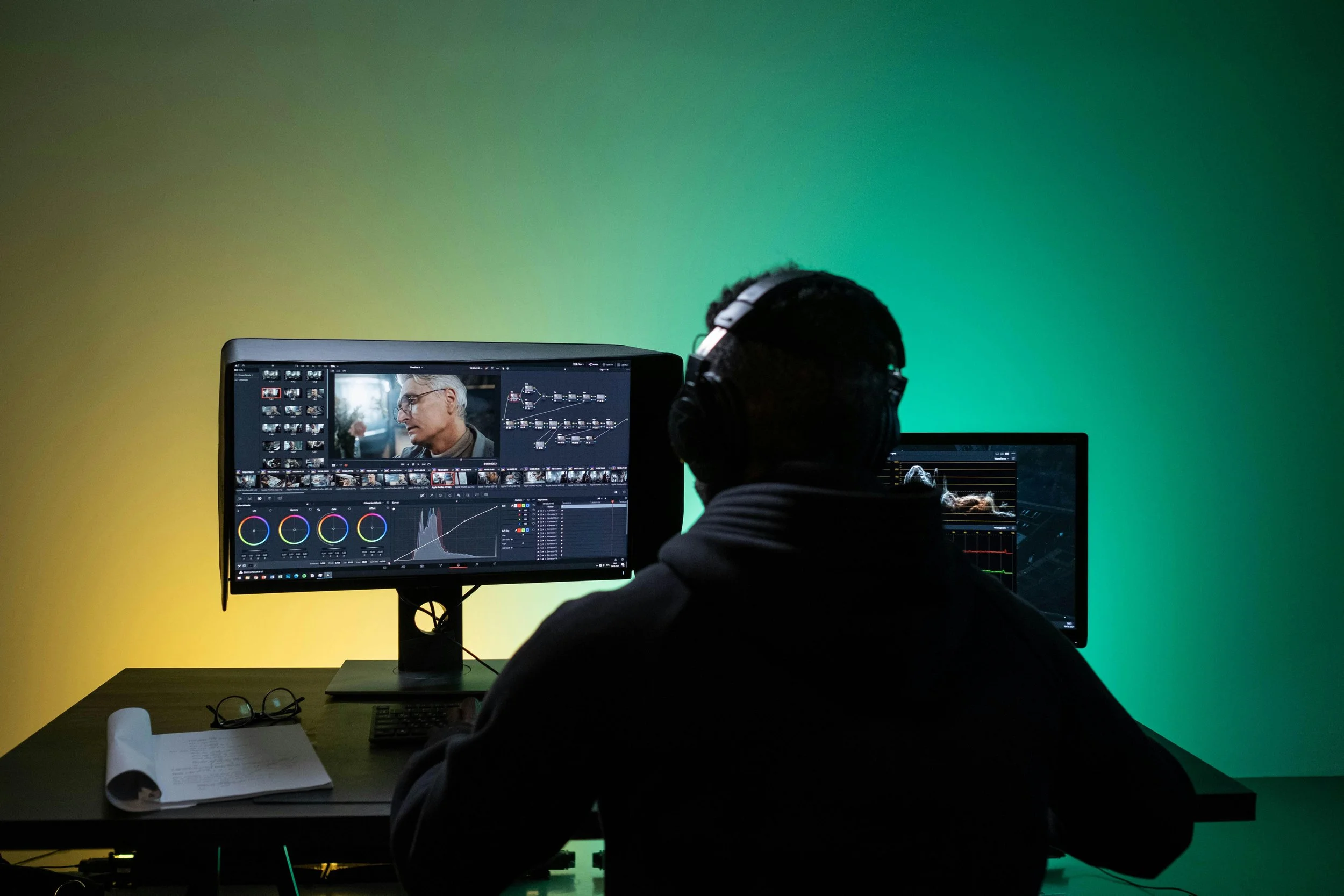Composition & Framing in Video
Why composition & framing matters
Effective framing grabs attention by directing the viewer’s gaze exactly where it needs to be. Thoughtful composition also conveys emotion, whether it’s the intimacy of a close up or the grandeur of a wide landscape shot. Intelligent framing enhances storytelling by keeping the audience engaged from beginning to end.
The rule of thirds
The rule of thirds is a foundational technique in video composition. By imagining a 3×3 grid over your frame and placing key elements along the lines or at their intersections, you create a naturally balanced and visually compelling shot. This method subtly guides the viewer’s attention while avoiding overly centred or flat imagery.
Balancing elements
Balancing the elements within your frame is another crucial aspect of strong visual storytelling. Symmetrical setups tend to create a sense of formality and stability, while asymmetry can introduce tension, energy, and creativity. You can achieve this balance by carefully positioning your main subject in relation to background features or secondary objects, resulting in a frame that feels intentional and harmonious.
Using leading lines
Leading lines guide the viewer’s eye directly to your subject. These lines might appear as roads, fences, beams of light, architectural features, or natural contours. Diagonal or converging lines add a sense of motion and depth, shaping the visual journey through your frame.
Depth & layering
To make your visuals more cinematic, think in terms of foreground, midground, and background. By composing with all three layers in mind, your shots gain depth and realism. For example, placing your subject behind foreground elements like plants or doorways adds a three-dimensional feel. Adjusting aperture or lighting can further separate layers, making each one stand out while remaining part of a cohesive whole.
Camera movement in composition
Camera movement can enhance your composition by adding energy. Static shots emphasise structure and stability, while movement such as push-ins, pans, and tracking shots brings a sense of flow and purpose. The key is to move with intention. Every motion should support the story, and all movements should be executed smoothly to avoid distraction.
Choosing shot types
Shot selection plays a vital role in visual storytelling. Use establishing shots to set the scene and provide spatial awareness. Medium shots are ideal for capturing interaction or physical movement, while close-ups offer emotional intensity and detail. Cutaways and inserts can help cover cuts or highlight key elements. It’s best to plan your composition first, then select the shot types that best support your creative intent.
Composition in post production
Good composition doesn’t end with the camera, it continues in the edit. Post production gives you the chance to refine your visuals through cropping and reframing. You might adjust the positioning of a subject to improve balance or use colour grading and contrast to highlight focal points and unify the tone. Motion graphics or overlays can also direct attention to important elements without overwhelming the frame.
Practical tips for creators
Use the grid or guide tools built into your camera to align your shots with precision. Scout locations in advance and plan compositions based on lighting and layout. Always watch the edges of your frame, avoid cutting off limbs or important details. Try not to centre subjects by default unless it’s a deliberate creative choice. And shoot multiple versions of each setup to give yourself options in the edit.
Mastering composition and framing gives you the tools to tell stronger, more visually engaging stories. By applying techniques like the rule of thirds, balancing elements, using leading lines, layering your scenes, and choosing your shots with care, you can transform your video production from basic to brilliant with no expensive gear required.








